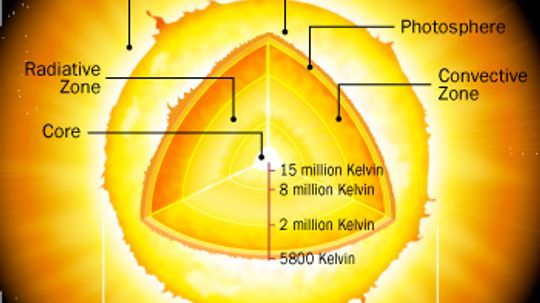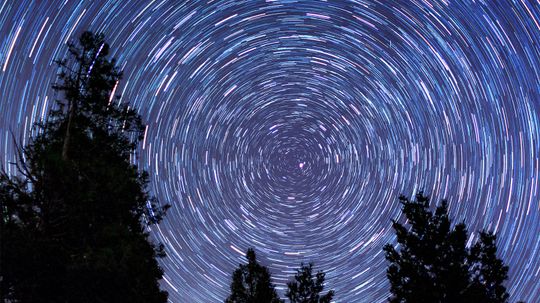Stars
Stars are celestial bodies made up of hot gases. Stars radiate energy that comes form thermonuclear reactions. In this section you will learn all about stars and their importance in the universe.

88 Constellation Names (and 24 You Can Only See From the Northern Hemisphere)
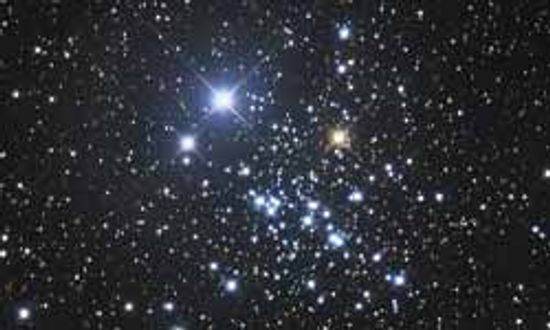
Constellation Pictures

How to Find Orion's Belt in the Night Sky
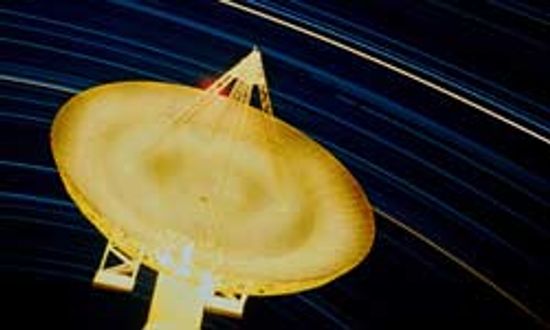
Radio Telescope Image Gallery

How do I build a telescope at home?

Shooting the Stars as an Astrophotographer
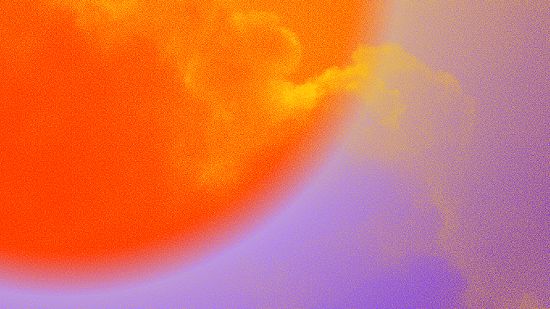
Why a Geomagnetic Storm Makes for Pretty Skies and Tech Scares
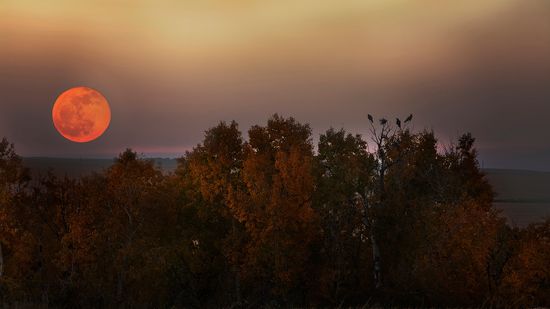
What Is a Harvest Moon?

Mercury Retrograde Explained: Dates, Effects, and How to Cope
Learn More / Page 2
Stars are enormous celestial bodies hot enough to register millions of degrees. They're fascinating scientific phenomena, but is it actually possible for scientists to create them?
Polaris, also known as the North Star, is almost exactly over the celestial North Pole, making it extremely useful for navigation (and for making wishes on, as well).
These days, we may take the stars for granted, but it's not hard to imagine the wonder early humans must have felt gazing up at those inexplicable points of light. Naturally, superstitions were bound to develop - some more fortuitous than others.
By Bambi Turner & Sascha Bos
